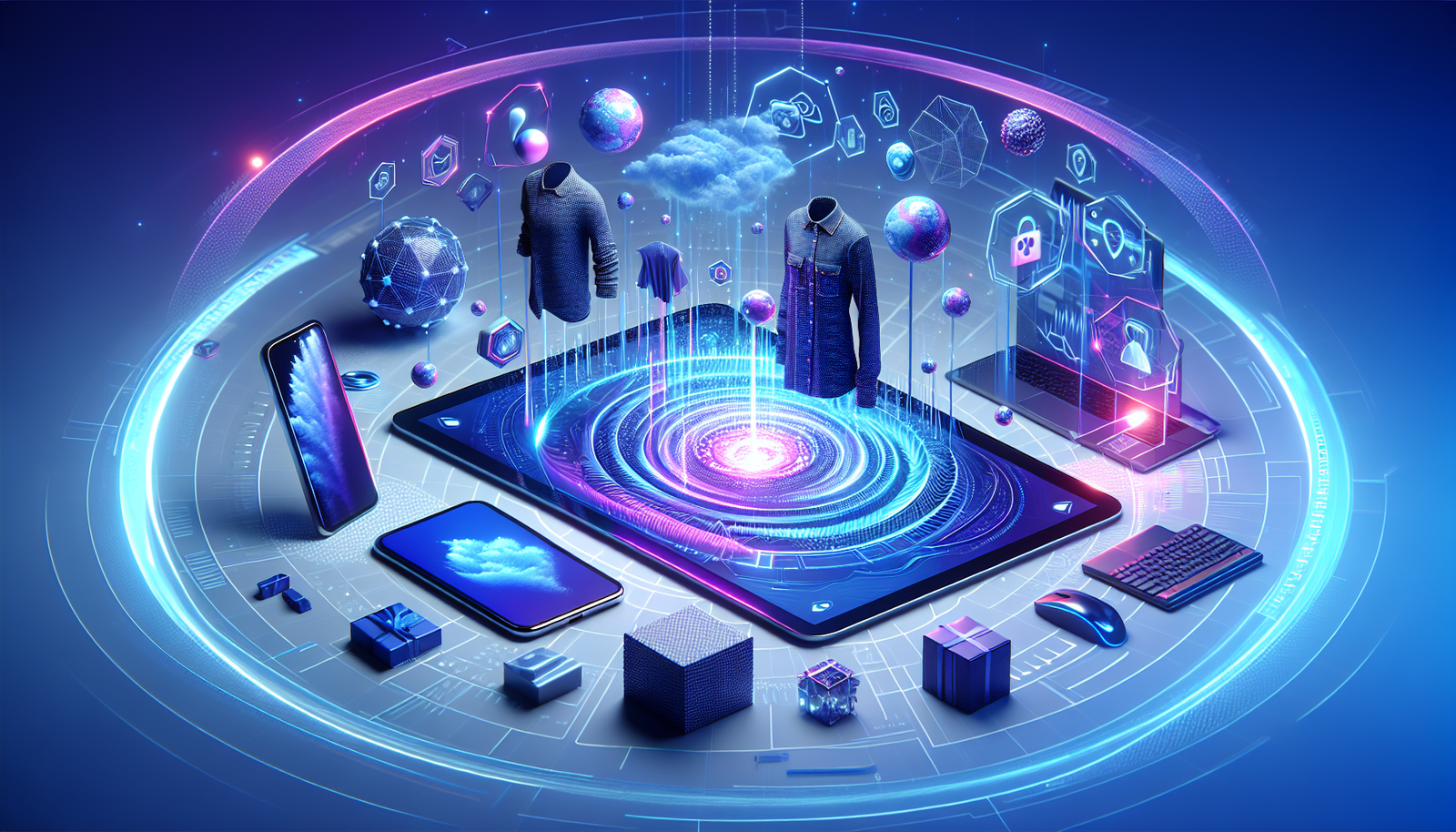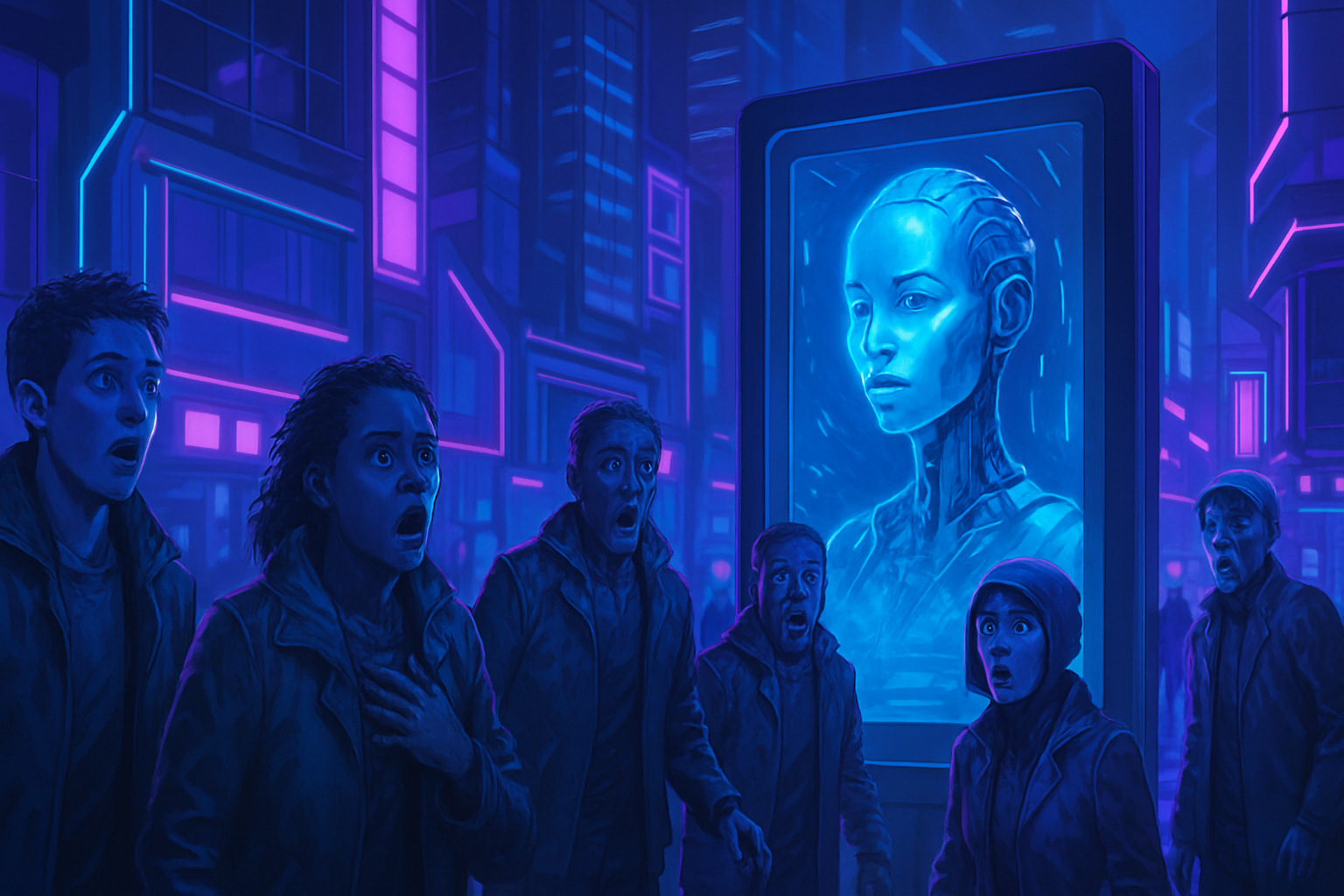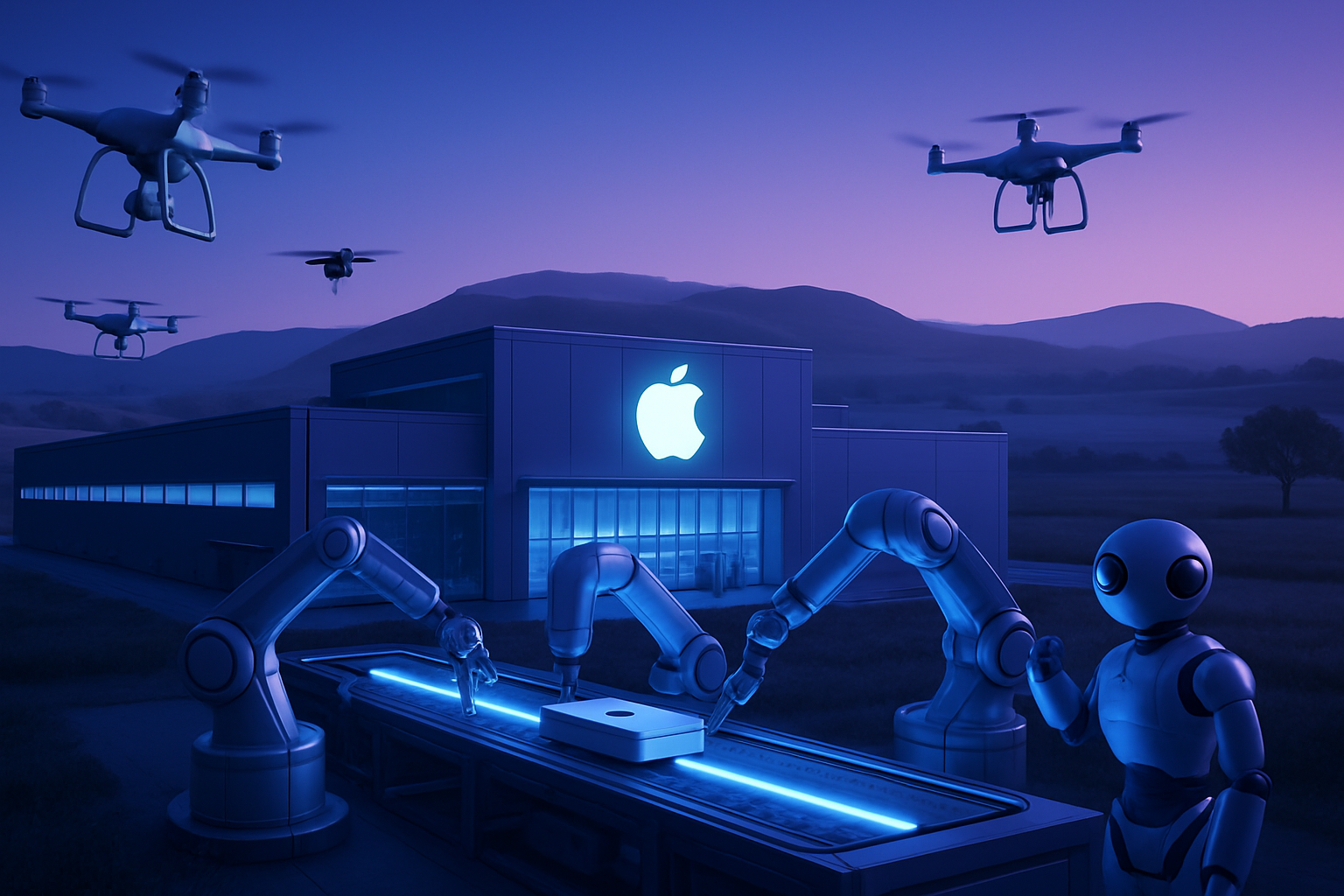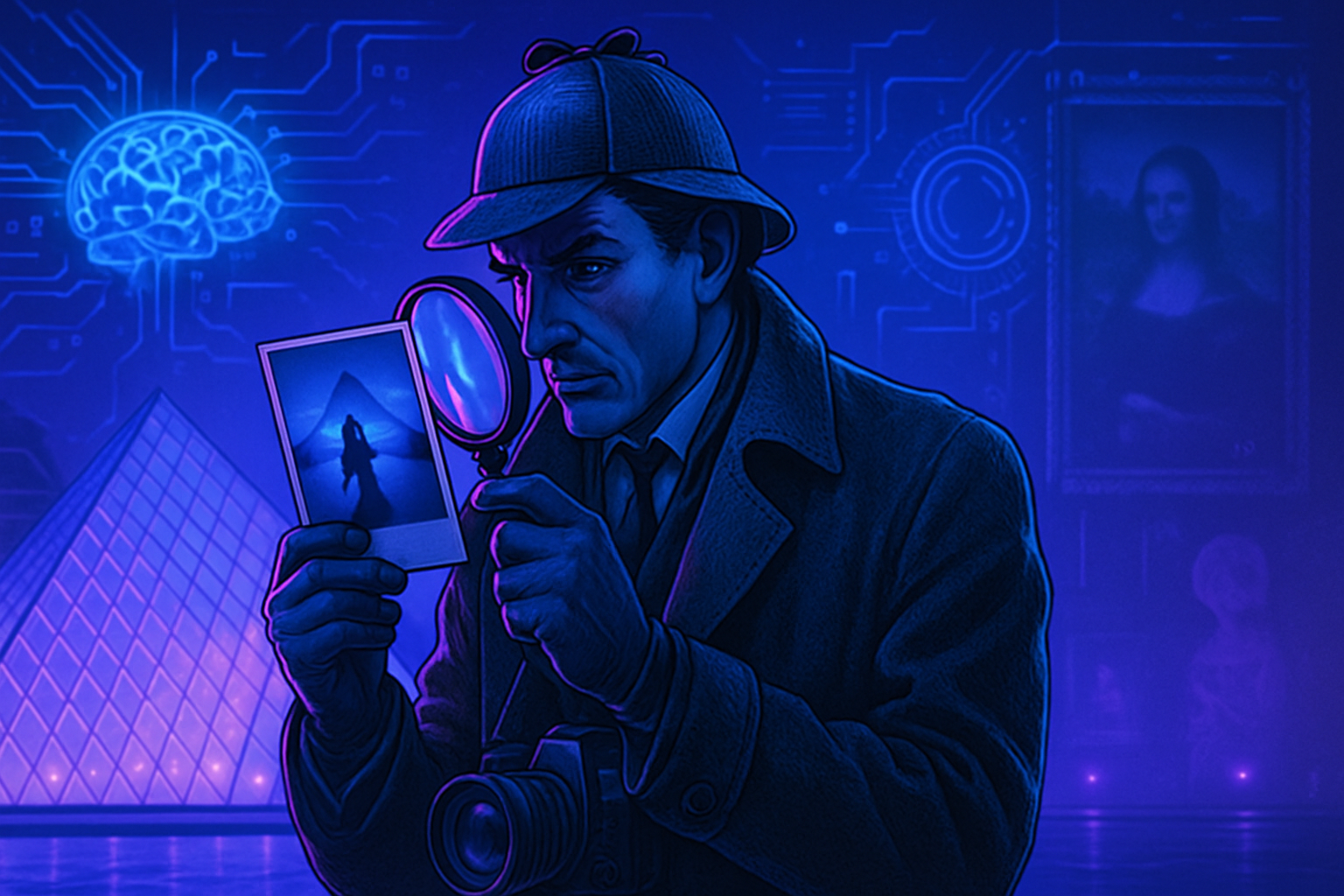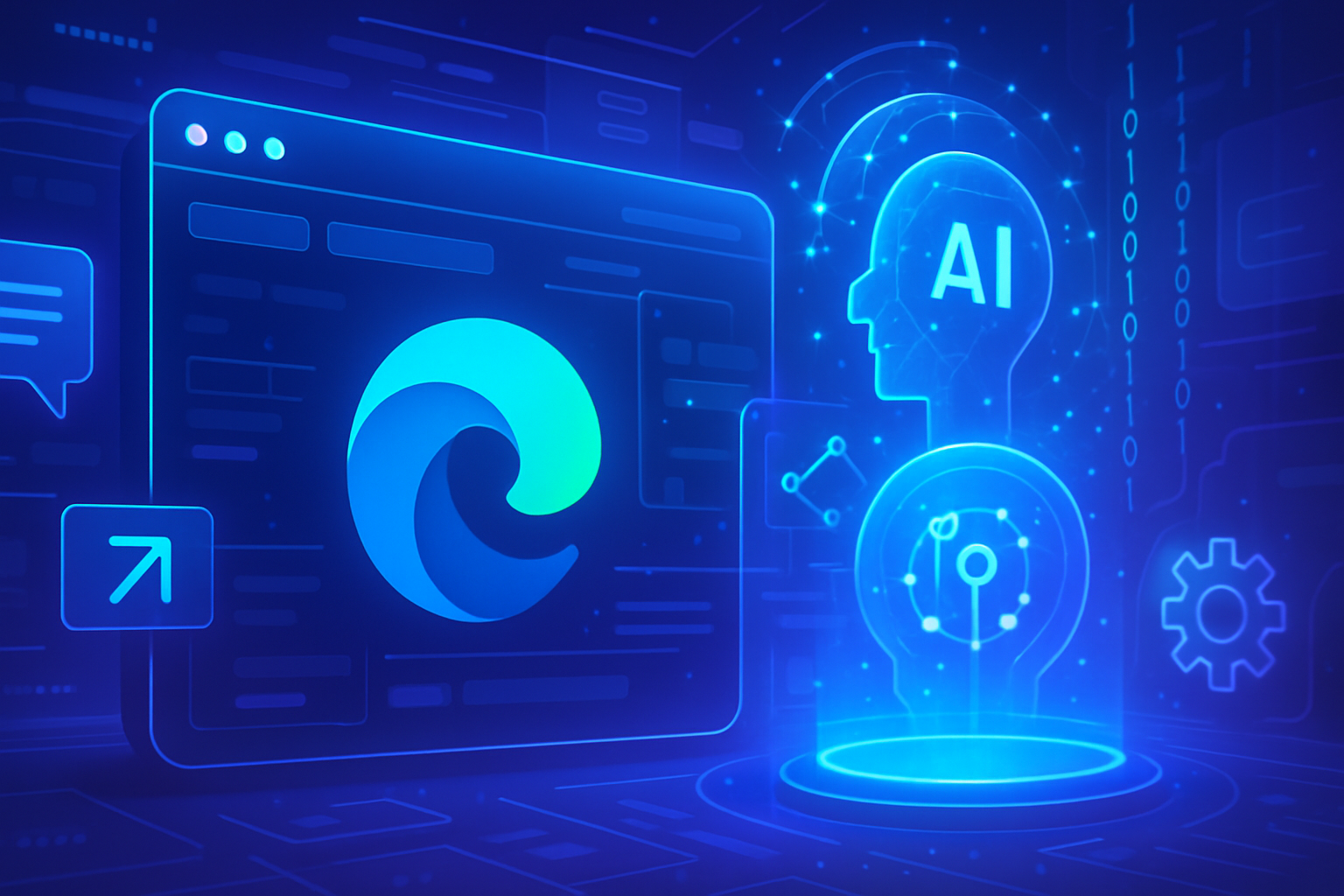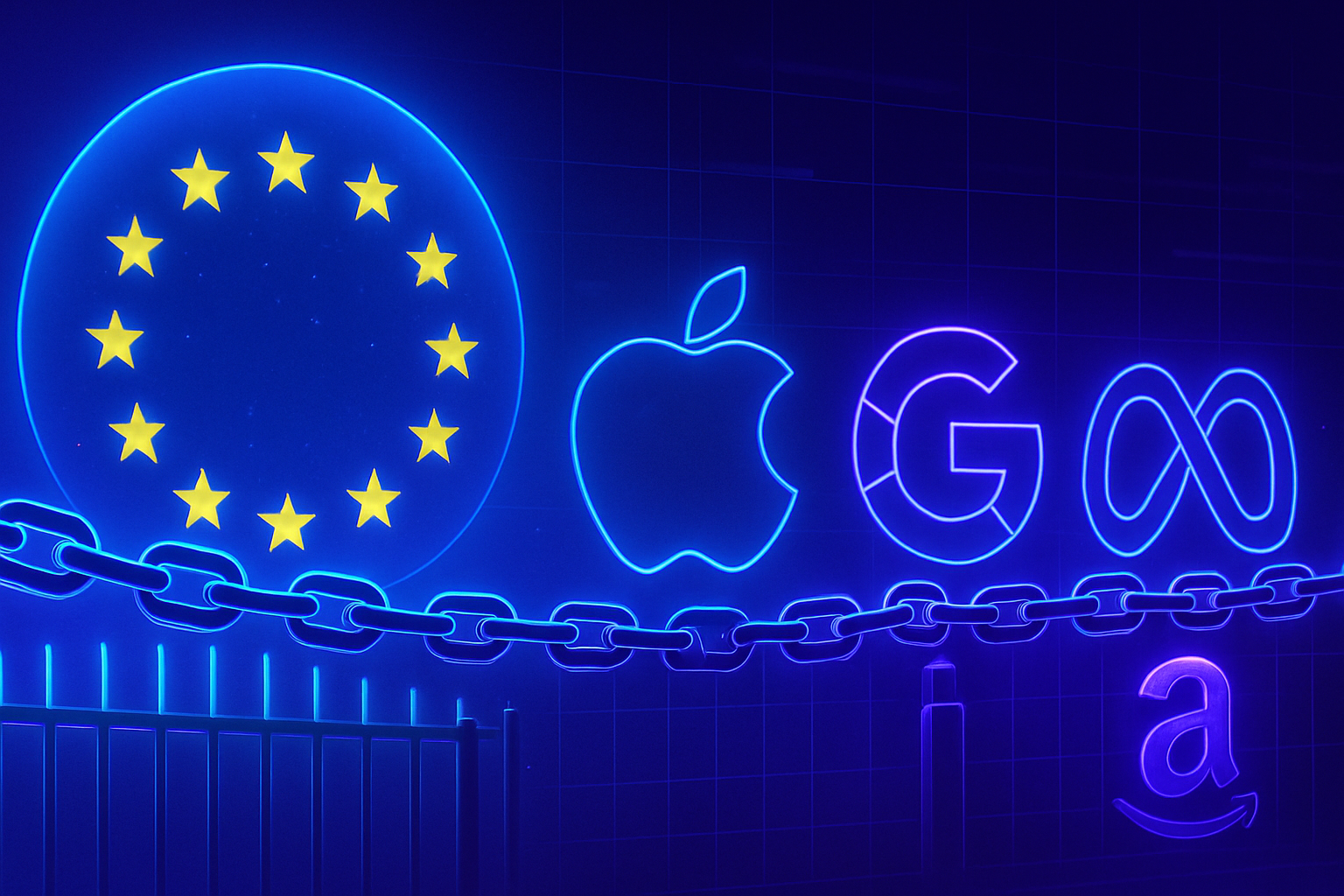The digital revolution reinvents our relationship with the objects we hold dear. The integration of a new approach dedicated to personal objects in mixed reality transforms every memory into an immersive experience. The rise of innovative tools like InteRecon brings memories to life by allowing them to be reproduced with their authentic interactivity.
The stakes of this advancement go beyond mere technology; they touch upon human emotions, pedagogy, and cultural transmission. The possibility of reincarnating memorable objects offers a fascinating perspective on how we interact with our possessions. This promising technology aims to enrich individual memory within virtual contexts, proving essential for education and the preservation of heritage.
An innovative approach in mixed reality
Researchers from the Computer Science and Artificial Intelligence Laboratory at MIT have developed a program called InteRecon, designed to integrate personal objects into mixed reality environments. This technology captures and animates interactive elements that belong to our daily lives, such as toys or vintage electronic devices.
Capturing the interactivity of objects
InteRecon stands out for its ability to recreate interactive features, such as the head movements of a bobblehead or the sounds of a vintage iPod. Researchers have found it difficult to reproduce interactive elements that make these objects unique. Their goal lies in preserving the memory experience associated with these objects.
Scanning and personalization process
To use InteRecon, the user must first scan the object using a mobile application. This scanning process requires several passes around the object to ensure a complete capture. Once the 3D model is created, the user can transfer it into InteRecon’s mixed reality interface, where specific areas can be selected to make them interactive.
Users can choose programmable movements, such as animating the arms or head of a doll. Movement demonstrations facilitate choices, allowing users to preview animations. For example, a swaying motion mimicking the ears of a stuffed rabbit can be selected.
Application to electronic objects
InteRecon also allows for recreating the interfaces of physical electronic devices, like old televisions. After scanning, users can customize 3D models with interactive interfaces. The ability to play with virtual widgets before choosing a movement enhances the user experience.
Researchers presented a model of a vintage television, integrating virtual buttons and a screen, while allowing users to watch old video clips. A digital version of an iPod can also include a “play” button, enabling users to listen to tracks in mixed reality.
Pediatric and medical applications
InteRecon presents fascinating prospects in the fields of education and medicine. Teachers could use this technology to explain complex concepts, such as gravity, in an interactive way. In the medical field, trainees could learn surgical procedures through precise visualizations of the necessary movements.
Future perspectives and innovations
Research could lead to advancements such as the incorporation of language models and generative models to recreate lost objects from textual descriptions. Researchers aim to automate the process, thus already expanding the potential uses of this technology.
InteRecon embodies a new frontier in the world of mixed reality, transforming static memories into interacting digital objects. Potential applications range from cultural exhibitions to learning environments, bringing unprecedented immersion and personal connection.
This innovation could transform experiences in education and history, offering a new dimension of interaction for users. Each object, despite its imperfections, is brought back to life, providing a reconnection with often cherished memories.
Frequently asked questions about integrating personal objects in mixed reality
What is InteRecon and how does it work to integrate objects in mixed reality?
InteRecon is a program developed by MIT that allows for recreating physical objects in a mobile application. It uses your smartphone’s camera to scan the object, creating a 3D model that you can animate in mixed reality environments.
What types of interactions can be animated with InteRecon?
With InteRecon, you can animate movements like those of a doll, reproduce button actions on vintage electronic devices, and even play old videos on digital television models.
How can I create an interactive digital twin of a personal object?
To create an interactive digital twin, simply scan the object with the InteRecon app, then select and animate the parts of the object you want to make interactive.
What are the benefits of recreating personal objects in mixed reality?
Recreating personal objects in mixed reality allows for the preservation of memories in a vivid and interactive way, enriching the experience of memory and learning in virtual environments.
Is InteRecon easy to use for non-technical users?
Yes, InteRecon has been designed to be accessible, allowing even non-technical users to scan objects and create animations without needing programming skills.
Can InteRecon be used in educational contexts? If so, how?
Yes, InteRecon can be used in educational contexts to illustrate complex concepts by making learning experiences more immersive, like simulating movements in physics or anatomy.
What types of objects can be scanned with InteRecon?
Virtually any physical object that can be scanned, including toys, electronic devices, or even clothing, can be scanned and integrated into mixed reality using InteRecon.
How does InteRecon enhance exhibitions in museums?
InteRecon enhances interaction in exhibitions by animating artworks or artifacts, making the visitor experience more engaging and immersive.
What is the accuracy of object reconstruction in mixed reality?
InteRecon aims to provide accurate reconstruction by capturing the details of an object and its functionality, allowing for a faithful representation of the imperfections that make it unique.
Are there limitations to using InteRecon?
Limitations may exist in terms of the complexity of objects to be scanned or the need to improve technology for more detailed physical simulations. However, the tool continues to evolve to overcome these challenges.
